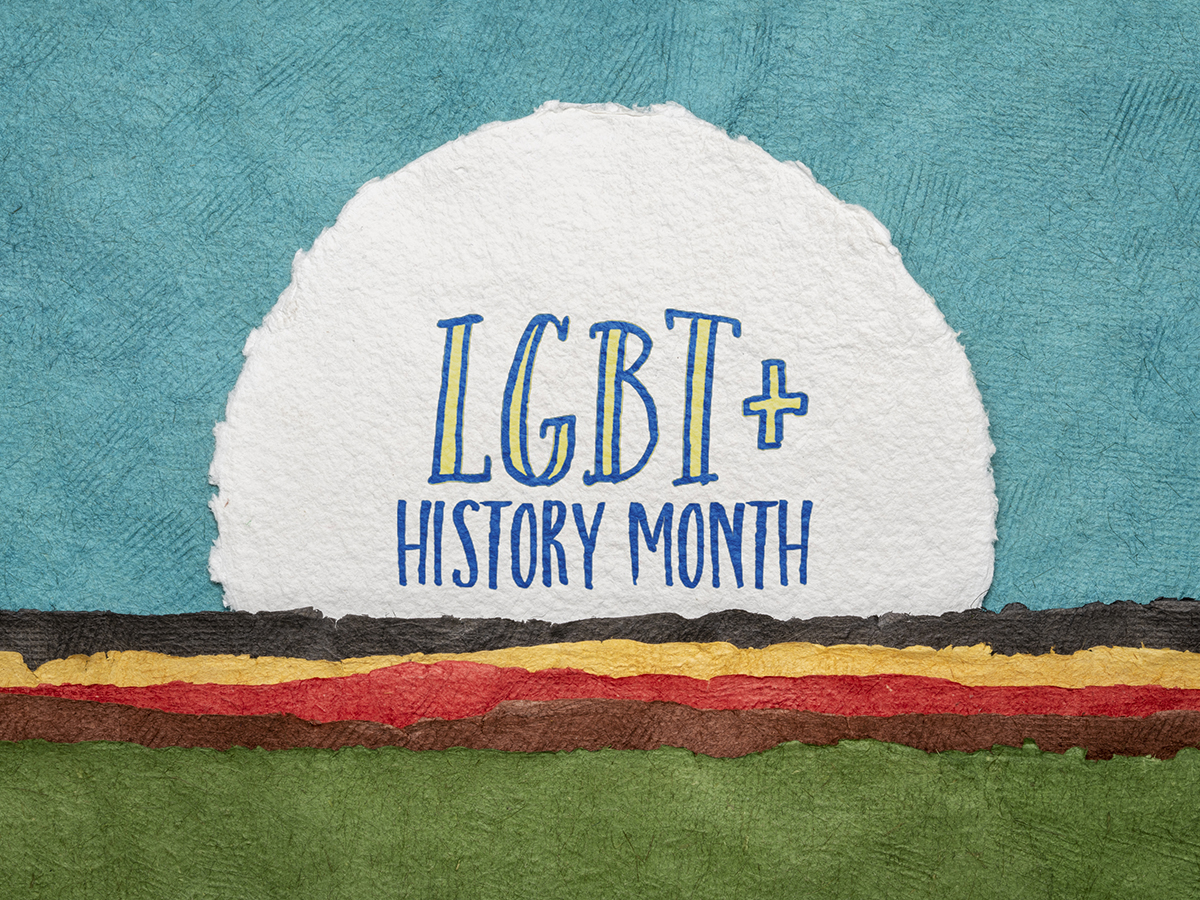
December 20, 2019
The Great Library of Alexandria was a massive, ancient library. It was part of a research institute known as the “Museum” in Alexandria, Egypt. The library is shrouded in mystery, from its founding to its destruction and everything in between. It was the single greatest accumulation of human knowledge in history, likely established under Ptolemy II Philadelphus in the third century BCE. At the time, written material came mostly in the form of papyrus scrolls because paper—as we know it—was not invented for another four centuries!
The exact number of materials housed in the library is unknown, but sources report there were anywhere from 40,000 to 400,000 papyrus scrolls at the height of the library’s popularity. The library was so large, a daughter branch opened in the Temple of Serapis nearby.
As the library grew, so did Alexandria’s reputation as a city of academics and scholars. Many important works came from the scholars at the library. Callimachus created the first library catalog ever; Eratosthenes of Cyrene calculated the circumference of the Earth with astounding accuracy; and many Greek and Roman works and texts used by scholars today were produced at Alexandria.
Despite all this, the library is most famous (or rather infamous) for its burning. Throughout its near 1,000-year history, the library was burned multiple times.
According to Plutarch, the first person to blame is Julius Caesar. On his pursuit of Pompey into Egypt in 48 BCE, Caesar was cut off by a large fleet of Egyptian boats in the harbor of Alexandria. He ordered the boats to be burned. The fleet was destroyed, but the flames spread to the city and the library. It’s not known how much of the library was destroyed.
When Caesar documented this attack in his account of the civil war, he left out the destruction of the library; however, this is not uncommon of Caesar, who often left out damaging facts about himself in his writing. However, despite this loss, the library lived on. According to reports, Mark Antony gave Cleopatra 200,000 scrolls for the library well after Caesar’s attack.
The second, more famous, burning of the library came at the hands of Theophilus who was Patriarch of Alexandria from 385 to 412 CE. He turned the Temple of Serapis into a Christian church. It is likely that the collection was destroyed by the Christians who moved in. Some sources say nearly 10 percent of the library’s collection was housed in the Temple of Serapis. In the following years, the Christian attack against the library escalated, and the last great pagan philosopher and librarian, Hypatia, was tortured and killed.
The final blow came in 640 CE when Alexandria came under Muslim rule. The Muslim ruler, Caliph Omar, asserted that the library’s contents would “either contradict the Koran, in which case they are heresy, or they will agree with it, so they are superfluous.” The contents of the library were then supposedly used as tinder for the city’s bathhouses. Even then, it is said that it took six months for all the materials to burn.
Practically nothing of the library remains today. Modern Alexandria is a bustling metropolis and has maintained consistent occupation over the last 2,000 years. Archaeologists and historians still dispute the library’s demise and who is truly to blame for the destruction of such a wealth of knowledge. However, there is no dispute that the destruction of the Library of Alexandria significantly damaged our understanding of ancient civilizations.
If you’re interested in learning more about the Library of Alexandria, check out these resources:
Nonfiction:
- "Eratosthenes of Cyrene" article by Ellen Bailey (from Explora)
- Plutarch: Lives of the Noble Grecians and Romans, by Plutarch (eBook)
- The Classical World by Robin Lane Fox
- A Little History of the World by E.H. Gombrich
- Julius Caesar by Philip Freeman
- The Rise and Fall of Alexandria by Justin Pollard
Fiction:
- Alexandria by Lindsey Davis
- Ink and Bone series by Rachel Caine
- Just One Damned Thing After Another by Jodi Taylor
Kids:
- Weird but True: Ancient Egypt
- The Library of Alexandria by Kelly Trumble
- Of Numbers and Stars: The Story of Hypatia by Anne D. Love
Jordan N.
Colbern Road Library Center
Read Similar Blogs:
History







